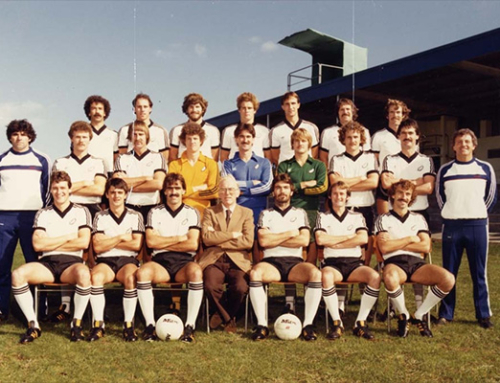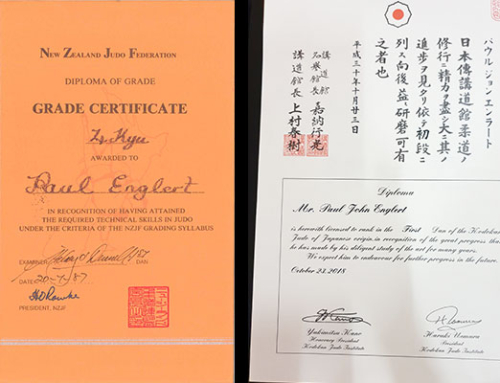In yesterday’s blog, we discussed the power of two and the myth of the single star innovator. The follow on from this discussion is naturally: ‘If two is better than one, a team is surely better than two’. Unfortunately, the literature is far less supportive of this idea.
The most pervasive model of teamwork, especially in the UK, is the idea of the Belbin team. For those not aware, the Belbin model is defined by 9 supposed team types in part defined by orientation to the people side of a task or the thing/doing side of a task. The idea is that teams operate better when these various positions are fulfilled.
The assumptions behind the Belbin team roles don’t stack up to the hype. Firstly, the psychometric properties of the model have been found wanting (Furnham, A., Steele, H. and Pendleton, D. (1993), “A psychometric assessment of the Belbin Team-Role Self-Perception Inventory”, Journal of Occupational and Organizational Psychology, 66: 245–257; Fisher S.G., Macrosson W.D.K, Sharp, G. (1996) “Further evidence concerning the Belbin Team Role Self‐Perception Inventory”, Personnel Review, Vol. 25, pp.61 – 67). Research indicates that the model lacks the proposed factor structure and offers little above what a standard personality tool may prescribe in terms of how people would like to work.
In essence, we get the same preferences by simply looking at one’s personality but with the added advantage of a replicable psychological model. While the Belbin model may be useful as a descriptive model, this is different to what one often wants when thinking about such things psychometrically.
Perhaps more importantly, the relationship between the model and actual job performance is weak, to say the least. (Wouter van Walbeek, R.B, & Maur, W (2013) “Belbin role diversity and team performance: is there a relationship?”, Journal of Management Development, Vol. 32 , pp.901 – 913). There is no link that this supposed diversity aids team performance. Even leaders under the model failed to demonstrate improved performance.
So what is the ultimate number for a team and what are the team roles that need to be fulfilled? The most accurate answer to this question is ‘it depends’ (the details are covered well in Wikipedia’s description of ‘team’).
Like much of i/o psychology there are no simple answers, and the only people that ever prescribe simple answers are those that have something to sell. To solve real-world problems – such as optimal team size for a given organisation – requires an analysis of the tasks, time frames for completion, competing demands of individuals, competence and willingness of the team and trainability, to name but a few variables. Ours is an applied discipline and what is required is the application of knowledge inside a given system to find individual solutions that work. This is not surprisingly applicable to our work around teams.
I want to make the point that a team is distinct from a ‘group’ and this simple point is often overlooked by practitioners. More often than not when I’m asked to do a ‘team workshop’ it is to help a group of employees who know their jobs well but need to learn how to get along. To describe them as a ‘team’ is to miss the forest for the trees. These groups tend to comprise of people with individual differences that need techniques and models to understand each other better, get along, and harness each other’s strengths and weaknesses. Ironically this type of intervention is what many team interventions consist of. Do these interventions work? This is the topic for tomorrow.






